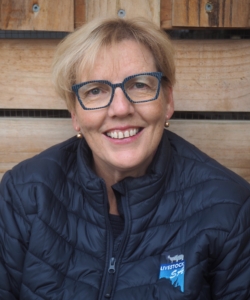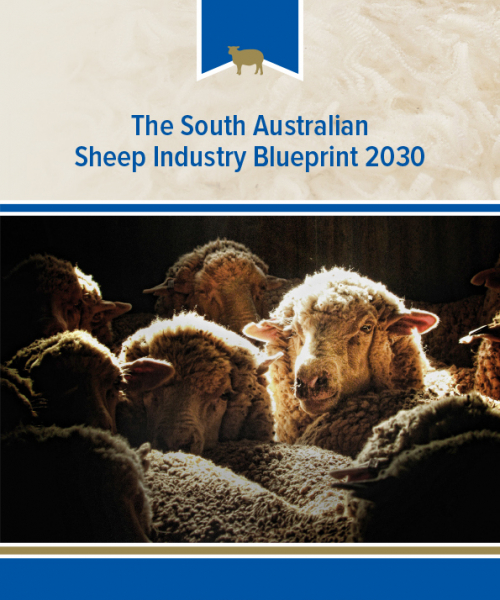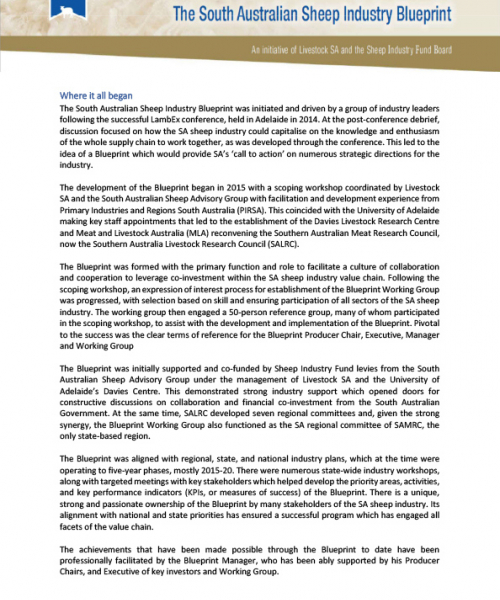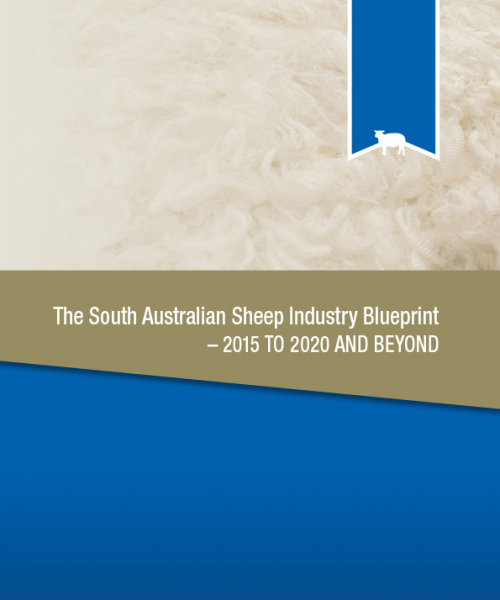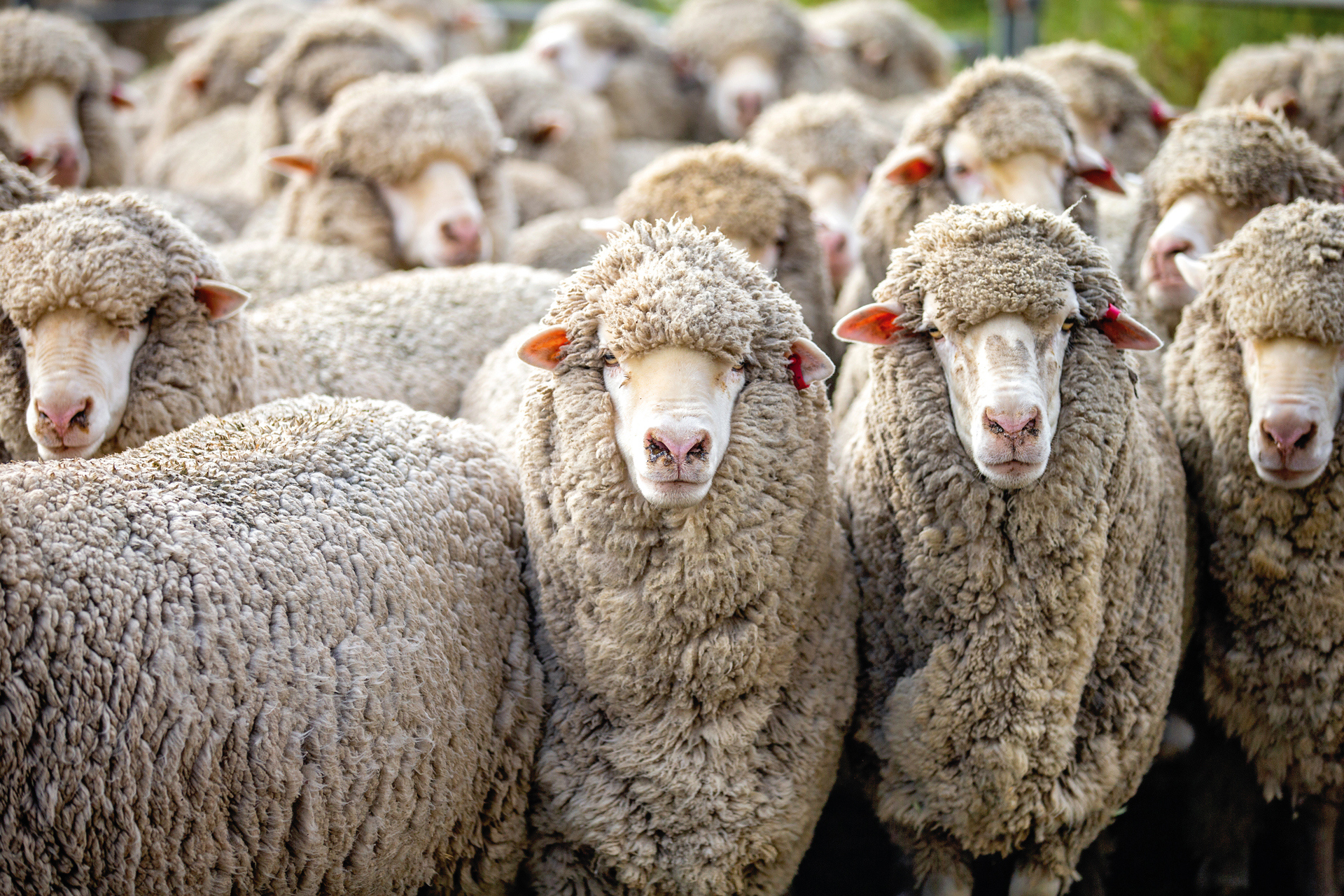
The South Australian Sheep Industry Blueprint 2030
The South Australian Sheep Industry Blueprint 2030 was established to foster a prosperous and dynamic industry along the entire value chain and has been informed by extensive consultation with producer groups, meat and wool processors, transport and industry organisations as well as state government agencies. Launched at Meat & Livestock Australia’s MeatUp Forum in Gawler on 5 March 2021, it will build on the success and momentum of the 2015-2020 Blueprint.
The priority areas outlined in the 2030 Blueprint will be addressed by fostering stakeholder relationships and networks that facilitate adoption of practices and technologies that improve whole of supply chain communication and efficiency while meeting or exceeding community and customer expectations for livestock and landscape health and wellbeing.
The South Australian sheep industry makes a crucial contribution to the state’s economy with premium products exported across the world. The industry generates $2 billion in annual gross state revenue with an estimated 5200 farm businesses in South Australia. These businesses support approximately 10.7 million sheep with farmgate production valued at $780 million. South Australian sheep meat and wool were exported to more than 50 countries in 2019-20, with sales valued at nearly $650 million.
By 2030, the Blueprint outlines a target of whole of supply chain revenue exceeding $3 billion annually and sets out the priority areas of industry collaboration to achieve those goals in the next 10 years.
The Sheep Industry Blueprint has successfully fostered greater coordination and collaboration while attracting investments for research, development, and extension.
The review of the SA Sheep Industry Blueprint highlights the achievements and growth the industry has accomplished while providing recommendations for future objectives to further progress the industry as well as recognizing the industry’s progress during the term of the Blueprint, with significant growth, improvement, and support achieved.
The South Australian Sheep Industry Blueprint has:
- Helped align and support extensive data collection, which was not previously available through MLA, PIRSA and the National Livestock Identification System (NLIS).
- Helped achieve a 35% increase in Gross State Revenue, which was 15% higher than originally targeted.
- Established a single Sheep and Beef Working Group, which fills the dual role as a regional
committee of SALRC - Become an influential framework that has been recognised and referenced by other
industries - Facilitated a culture of cooperation, collaboration, and co-investment among participants
- Instigated reform of the SA Sheep Industry Fund and SA Cattle Industry Fund
- Provided an avenue for increased engagement with the SA Government. For example,
Ministers have been involved with the Blueprint process and referenced the Blueprint in
official communication - Demonstrated that we have a strong and coordinated livestock industry in SA that has a plan
for the future
The South Australian Sheep Industry Blueprint was initiated and driven by a group of industry leaders following the successful LambEx conference, held in Adelaide in 2014. At the post-conference debrief, the discussion focused on how the SA sheep industry could capitalise on the knowledge and enthusiasm of the whole supply chain to work together, as was developed through the conference. This led to the idea of a Blueprint that would provide SA’s ‘call to action’ on numerous strategic directions for the industry
The Blueprint was launched in April 2016 with an overarching aim to increase productivity by 20% by 2020.
There are five key objectives:
- GROWING: Grow the South Australian sheep industry’s production and value from $1.48 billion in 2015 to $1.80 billion in 2020 while maintaining international competitiveness.
- UNITING: Develop a united value chain workforce plan from 2015 to 2020 that attracts new and energetic people to the industry.
- ENGAGING: Support a 20% increase in the engagement of quality consultants and advisers with increased use of business decision-support tools.
- INNOVATING: Act as a conduit for greater research, development, and extension collaboration along the value chain at the regional, state and national level and develop a measure of greater adoption and uptake.
- SHARING: Develop a proactive and progressive industry communication plan that, through advocacy and champions, gives greater consumer confidence to increase their demand and engages the whole value chain.
SA Sheep Industry Blueprint News
View all
Biosecurity
19/4/2024Biosecurity Bulletin | April 2024
A Focus on Animal Movements Every day, livestock are moved across the country, acting as...18/4/2024
SA Junior Heifer Expo
"EDUCATE, INSPIRE & CONNECT" Since 1985, the South Australian Junior Heifer Expo has hosted in...18/4/2024
Northwest Victoria dingo decision vacuum needs answers
Livestock SA has again voiced its concerns about the one-sided decision by the Victorian Government...11/4/2024
Managing Your Bank Manager with Chris Scheid
Agri banking has changed a lot in the past 5 years. New banking protocols, the...11/4/2024
Setting up Ewe Containment Feeding Area
Deb Scammell, Talking Livestock discusses setting up ewe containment feeding area covering: 💠Which feeding system...11/4/2024

